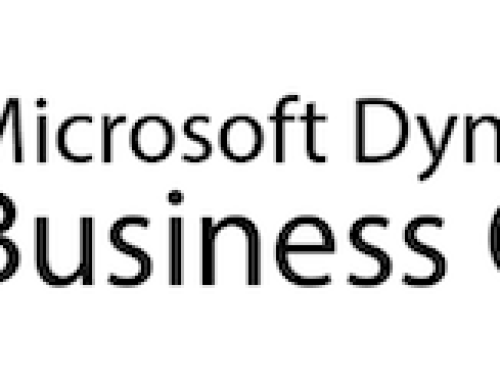Companies looking to replace their ERP systems need to be able to justify their investment. One excellent way to justify it is to conduct a return on investment (ROI) analysis.
By performing a cost/benefit analysis, calculating the cost on one side and the return on the other, you can gauge how long it will take to earn back your investment. You must consider all costs, not just the prices included in vendor quotes. After determining the true cost, you should ascertain the benefits, both direct and indirect. Benefits might sometimes be difficult to measure because they are not always as easy to quantify.
Because proof of ROI is almost always necessary to get project funding, Acumatica has developed a white paper, “Return on Investment (ROI) Analysis for ERP Replacement” that offers insight into:
- An ROI methodology, a method of calculating ROI from the purchase of an ERP system
- ERP project costs – costs that go beyond the initial price tag, such as maintenance, upgrades, staff, training and on-premise vs. cloud ERP
- ERP project return – What are the direct benefits? Inventory reduction? Higher efficiency? Improved customer service? What are the indirect benefits? Improve retention when employees enjoy being able to do their jobs more effectively? Less chaos in the work place when it is better organized? More precision and smarter market moves?
ERP is a good investment, but you need to be able to prove it with data and concrete evaluative techniques. Business executives want to see results. You simply have to take them through a preview of the journey required to get to those results. To download the complete Acumatica white paper, visit
https://www.acumatica.com/roi-analysis-for-erp-replacement/
When you are ready to evaluate ERP systems, CAL Business Solutions can help. Contact us at sales@calszone.com or 860-485-0910×4.
By CAL Business Solutions, Acumatica and Dynamics GP Partner, www.calszone.com
















